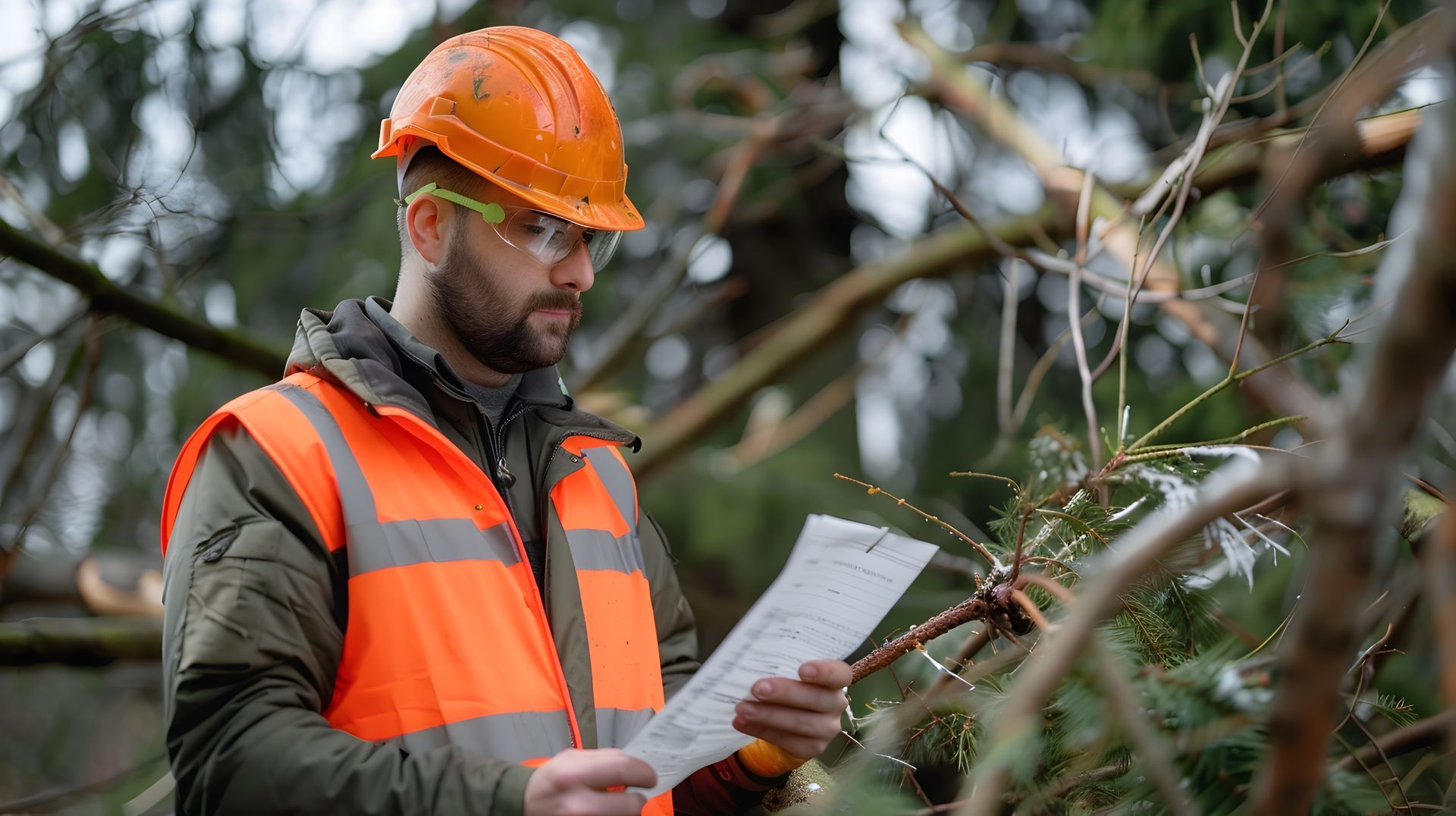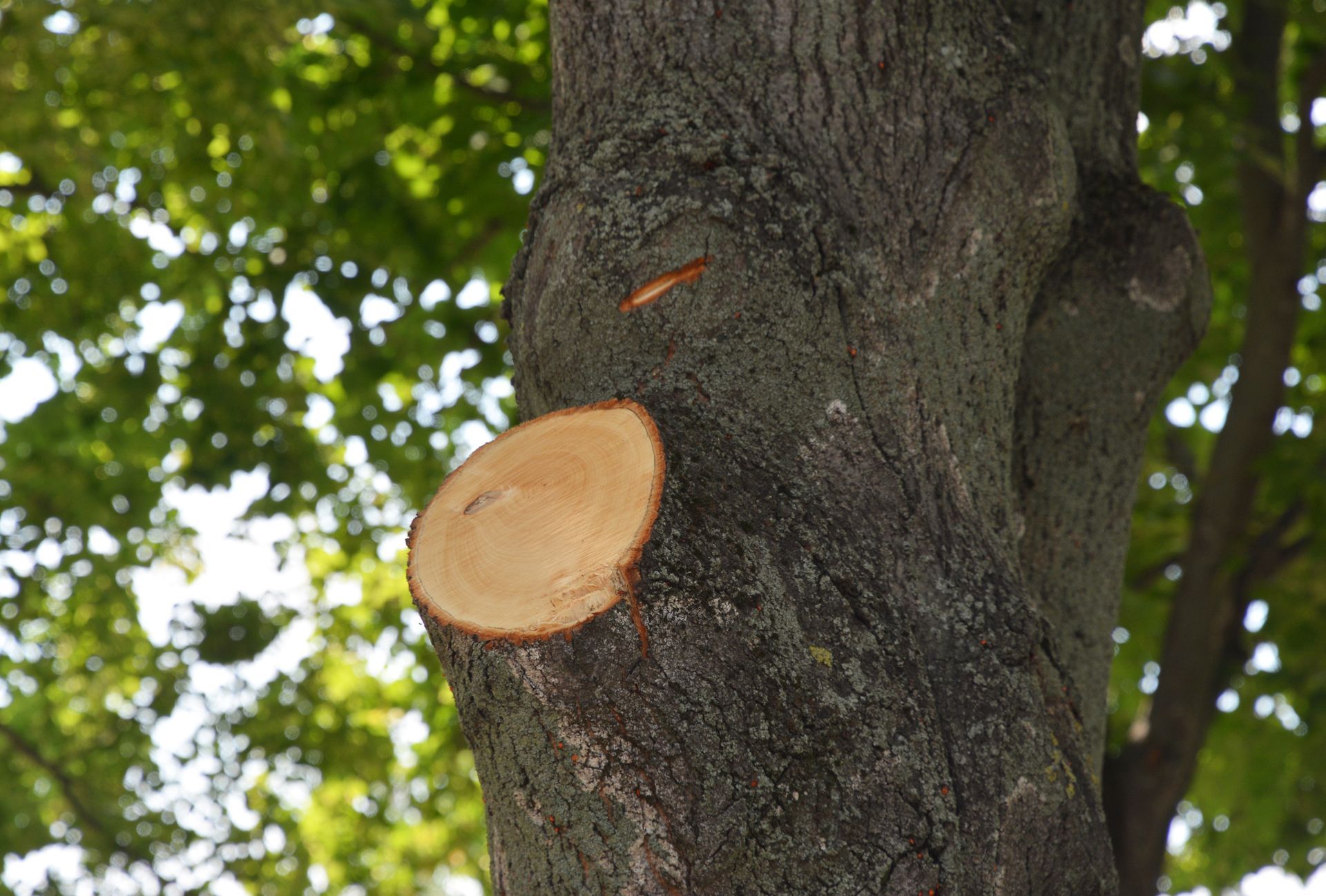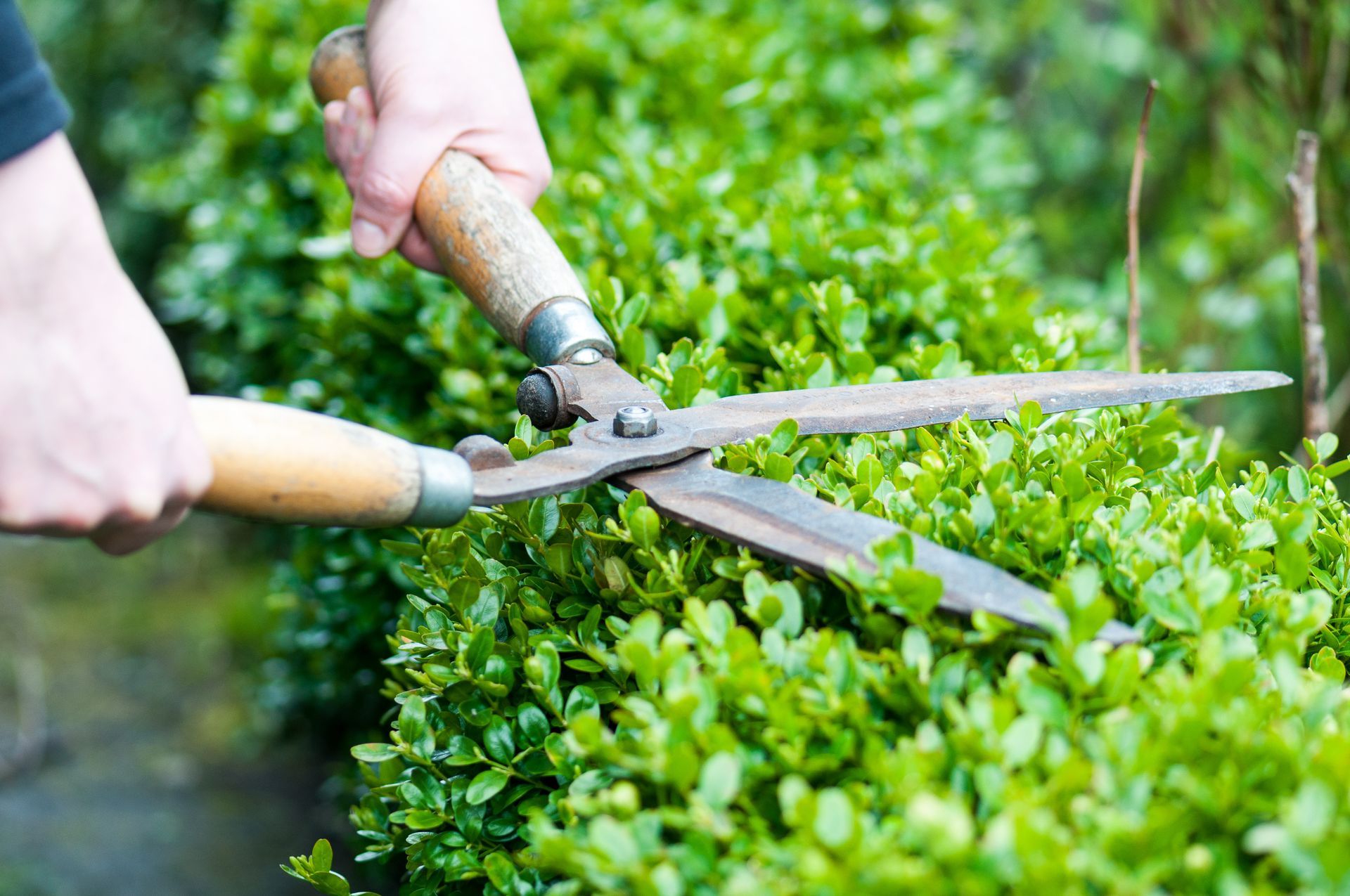Enhancing Tree Strength & Growth: Tree Cutting Guide

To keep your trees healthy and looking good, it's important to hire a trustworthy quality tree service provider. In Irvine, CA, Innovation Tree Service of Irvine is known for providing excellent tree care solutions for Irvine CA residents. A key part of tree care is structural tree cutting. This method helps your trees stay healthy over time and supports their long-term well-being.
Understanding The Importance Of Structural Tree Cutting
Structural tree cutting Irvine is a special method. It shapes young trees to help them grow healthily and stay strong. Unlike regular trimming that looks good, structural cutting is about improving how the tree is shaped and how its branches grow.
This process is very important in the early years of a tree's life. During this time, the branches are still growing. By carefully choosing and removing certain branches, arborists can help the tree grow better. This way, they can stop weak, V-shaped branches from forming, which can easily break.
The Role Of Structural Tree Cutting In Tree Health
Structural tree cutting and regular tree trimming are important parts of tree maintenance plans. It helps to keep trees healthy. When done right, structural tree pruning can:
- Improve Branch Spacing: Good spacing between branches allows air and light to reach throughout the tree. This helps reduce diseases and makes the tree stronger.
- Reduce Wind Resistance: Removing some branches carefully can lower wind resistance. This can protect trees from storm damage, especially in places with strong winds.
Benefits Of Early Structural Intervention
Investing in early structural care for your trees has many benefits in the long run. When you fix potential issues early, you can:
- Stop expensive repairs or tree removal later, caused by weak limbs or damage from storms.
- Improve how your trees look, making your landscape more attractive.
- Support healthy growth, which helps your trees live longer.
Some specific benefits are:
- Reduced Risk of Property Damage: Strong and well-structured trees are less likely to harm your home, fences, or other buildings during storms.
Preparing For Structural Tree Cutting
Before starting tree cutting, it is very important to prepare carefully. You need to think about the tree species, collect the right tools, and focus on safety equipment.
Understanding the tree species is key. Different species grow in different ways and need special cutting methods. Also, using the right tools helps you work efficiently and accurately. Click Expert Tree Cutting Services: Wildfire Prevention for more details.
Identifying Trees That Need Structural Cutting
Recognizing when a tree needs cutting is very important for keeping it healthy and safe. Here are some signs to look for:
- Crossing branches: If branches rub against each other, they can get hurt. This can make the tree sick and lead to decay.
- Narrow branch angles: Branches that have sharp, V-shaped angles are weaker. They are more likely to break, especially when it snows or freezes.
- Multiple leaders: Trees with many trunks close together can fight for resources. This can make them less stable. Taking care of trees on time can fix these problems.
Essential Tools And Safety Equipment For Tree Cutting
Tree cutting, especially structural work, needs special equipment for safety and efficiency. Some of the latest equipment used by arborists includes:
- Chainsaws: These are for making bigger cuts. They come in different sizes for various branch widths.
- Hand pruners: Great for trimming smaller branches, hand pruners offer precision cutting.
- Safety harnesses and ropes: These are important for working safely at heights. They help prevent falls.
Also, personal protective gear like helmets, gloves, safety glasses, and ear protection is very important to reduce potential hazards.
Step-by-Step Guide To Structural Tree Cutting
Tree cutting is a job for trained arborists. However, knowing the basic steps and best practices can help us understand why this process, including tree stump removal and landscaping, is important. Let's look at the steps in tree cutting, from checking the tree to taking care of the area afterward. This guide highlights why it is important to have a professional team involved.
Step 1: Assessing The Tree Structure
The first and biggest step in cutting down a tree is to look closely at its structure. This means checking the tree's:
- Overall size and shape: It is important to understand how mature the tree is and how it grows. This helps in planning the right cuts.
- Branching patterns: You need to find any problems, like branches crossing each other or weak joints. This will help you decide how to cut.
- Surrounding environment: You should think about how close the tree is to buildings, power lines, or other trees. This helps figure out which branches need trimming to avoid issues later. This check is important for the tree's health and may affect if tree removal is needed.
Step 2: Planning The Cutting Strategy
After the assessment is done, a clear cutting plan is created. This plan shows which branches to cut or trim. It looks at:
- Maintaining tree balance: Cutting branches helps to spread the weight out. This stops the tree from leaning to one side.
- Encouraging upward growth: Cutting branches growing inwards or downwards helps the tree to grow taller. It also helps make the center leader stronger.
- Preserving the tree's natural form: While pruning aims to fix problems, keeping the tree's natural shape and good looks is very important too. This careful planning is a key part of tree trimming.
Step 3: Executing The Cuts Safely
With a clear plan ready, the next step is to make cuts carefully and safely. This means:
- Using proper cutting techniques: Making clean cuts just outside the branch collar helps reduce damage to the tree and helps it heal faster.
- Employing appropriate safety equipment: Arborists use harnesses, ropes, and other gear to keep themselves safe while they work high up.
- Controlling falling branches: Larger branches are lowered slowly with ropes. This keeps the surrounding area safe from damage. By cutting with this level of precision and safety, we can protect the tree and the environment.
Step 4: Post-Cutting Care And Maintenance
After you finish cutting your trees, it is important to take care of them properly. This will help keep your trees healthy:
- Cleaning up debris: Remove cut branches and leftovers quickly. This helps stop pests and diseases from forming.
- Monitoring tree health: Check your trees often for signs of stress or disease after pruning. This lets you find any potential issues early.
- Providing adequate water and nutrients: After pruning, trees might need more water and fertilizer. This helps them recover and grow well.
By doing these things, you will help your trees thrive after cutting. This sets up strong health and vitality for the future.
When To Call Innovation Tree Service Of Irvine
For residents of Irvine, CA, looking for the best tree care services and tree service Irvine CA has to offer, Innovation Tree Service, with a team of certified arborists, is ready to help. Our professional team can take care of all your tree care needs, from regular maintenance to helpful removals.
If you see any signs of problems with your trees, like crossing branches, weak areas, or storm damage, it is important to call a trusted tree service company like ours right away to achieve perfection in tree care. Acting quickly is important to stop bigger issues later and to keep your trees healthy and safe in the long run.
Conclusion
Cutting young trees is very important. It helps keep them healthy and allows them to live longer. If you act early and use good techniques, your trees will stay strong for many years. Be sure to spot the trees that need care. Use the right tools and have a clear plan for cutting. If you don't know what to do or need help,
reach out to Innovation Tree Service of Irvine. They have the skills to help your trees grow well and stand tall even when facing tough times.




